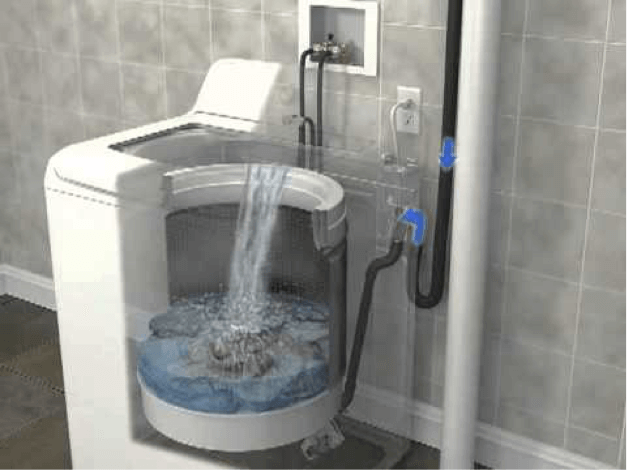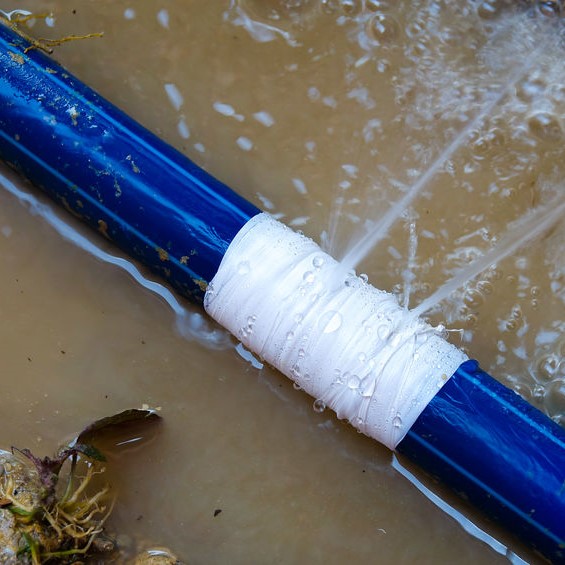Handling a Burst Pipe: Discovering When to Close Your Main Water Line
Handling a Burst Pipe: Discovering When to Close Your Main Water Line
Blog Article
What are your thoughts about Steps to Take When a Pipe Bursts?

You have to understand how to switch off your main water line if you struggle with a burst pipe. Do not wait on a plumbing emergency before learning exactly how to get this done. Besides, besides emergency leakages, you will require to turn off your major water shutoff for plumbing fixings or if you leave for a long trip. Figure out even more concerning it in this tiny guide.
Why Must You Close the Main Line Off?
Familiarizing yourself with how your mainline turns on as well as off can save you during an emergency. As an example, when a pipe all of a sudden bursts in your house, you'll be besieged with panic. Therefore, you can easily close the shutoff off and avoid much more damages if you recognize what to do. Furthermore, shutting this off guarantees you do not have to take care of an abrupt flooding in your house.
On top of that, shutting as well as opening up the valves periodically guarantees they don't obtain stuck. It is likewise the very best time for you to inspect for rust or various other damaged connections. Moreover, make it a point to inform other relative on what to do. This makes normal maintenance as well as taking care of emergencies so much simpler. You can potentially conserve on your own countless dollars in repairs.
Where is This Primary Shutoff Situated?
The major water line supply can differ, so you might require to discover time to determine where it is. Regrettably, when your home is obtaining drenched as a result of a ruptured pipe, you don't have the high-end of time during an emergency. Therefore, you need to plan for this plumbing circumstance by learning where the shutoff lies.
This shutoff valve can resemble a sphere shutoff (with a lever-type deal with) or a gate valve (with a circle spigot). Placement relies on the age of your residence and the climate in your area. Check the complying with typical places:
Must This Constantly Be Shut down?
Aside from emergencies, repair services, or long holidays, you may not need to shut off the primary shutoff. For example, if only one component has issues, you can switch off the branch shutoff in that place. By doing this, you can still utilize water in various other parts of your house. For ideal outcomes, call a dependable plumber for emergency situations.
Steps to Take When a Pipe Bursts
No one can deny that owning a home is a major expense, especially if it’s a mature model. When it comes to a busted water pipe, the damage can be serious for your home, your possessions, and your health if the mess is not cleaned up properly.
Stop the water
First thing, turn off the water flow when you suspect a pipe has broken, even if you don’t know where the water’s coming from. You’ll find the stop tap on the water main. It is typically located under the kitchen sink or where the main service pipe connects to your house. Every family member should know the location of the water shut-off stopcock for emergencies.
Once the main water switch is off, you’ll need to drain the pipes. To do this, run the cold water on all the faucets. Be sure to flush each toilet at least once. Shut off the hot water heater. Once the hot water system is off, go back to each faucet and run the hot water to drain that supply. When there is no more running tap water, the leak will stop.
Locate the broken pipe and inspect the damage
After draining all the excess water, locate the burst pipe. Inspect the damage and consider where the pipe is located before you run off to the home improvement store. Regardless of the damage or size of the break, a major water pipe will take more time and effort to replace because it holds more water and leads to additional connections, as opposed to a single pipe under the bathroom sink.
If it’s a small break, you might be able to patch it and prevent further damage while saving money. If you use a commercial tape or chemical bonding agent, however, keep an eye on that repair job, because it might burst later and you’ll back where you started.
Repair the burst pipe
Fixing a rupture or crack in non-main pipes is usually fairly straightforward, but it can become expensive depending on the mending material you choose. Here is an inexpensive repair for small cracks and water breaks that also gives you superior hold.
You’ll need an extra-long length of ordinary garden hose and two or three hose clamps or similar grips that produce extreme constriction. Measure the fissure or crack and cut the garden hose about ten inches longer than needed to fill the broken area.
Next, slice the garden hose so you can slip it over the crack or burst in the water pipe. Using the hose clamps or similar brackets, hold the hose portion over the busted area and compress it as tight as it will go. Test your repair by turning on the water.
If the break is larger, use a hacksaw to cut away the portion of the pipe that’s busted. Be sure to cut it about an inch larger on either side of the rupture. When replacing the missing piece of pipe, use pipe spacers and sealant, but do not tighten it too tight. When a compression nut is too tight it causes an ovaling effect that leads to further leaking. If you tightened the compression nut too much and the repair ovals, start with another compression nut.
Bring in a professional drying crew
If the water from the burst pipe is on the walls or ceilings as well as the floor, contact a professional water restoration company. Simply using fans and open windows to dry a soaked area is an invitation to mold, mildew, and even serious illness for your family. You will also want to shut off the electrical power to that area of the house as a precaution against shocks.
If you have successfully restored your home to its original state or fixed a burst pipe on your own, congratulations! Be sure to run the cold water, then the hot water; and don’t forget to flush the toilets before normal usage begins.

As a reader on How to Shut off Your Water When Pipe’s Burst, I figured sharing that post was worthwhile. Sharing is nice. You won't know, you will be doing someone a favor. Thanks so much for taking the time to read it.
Check It Out Report this page